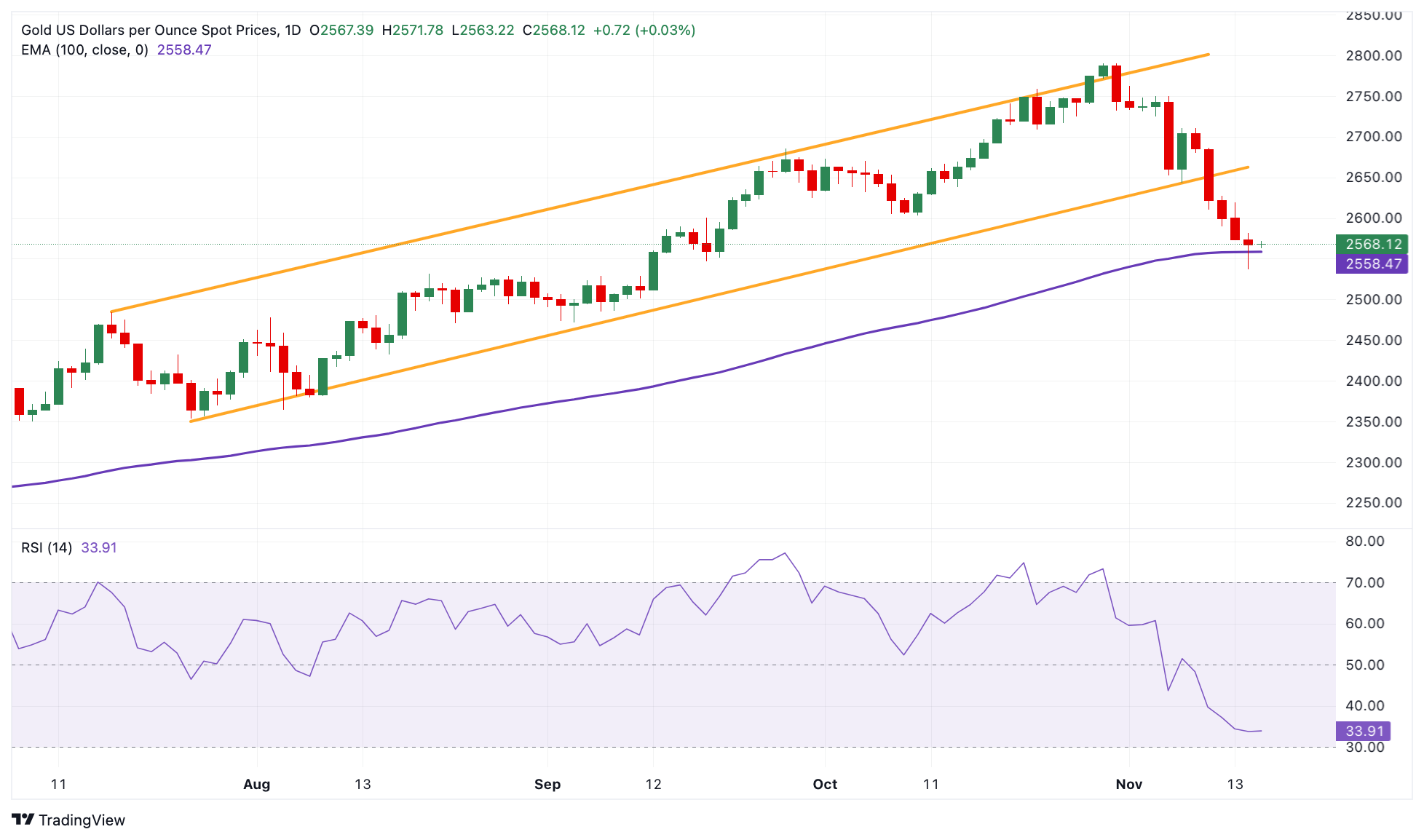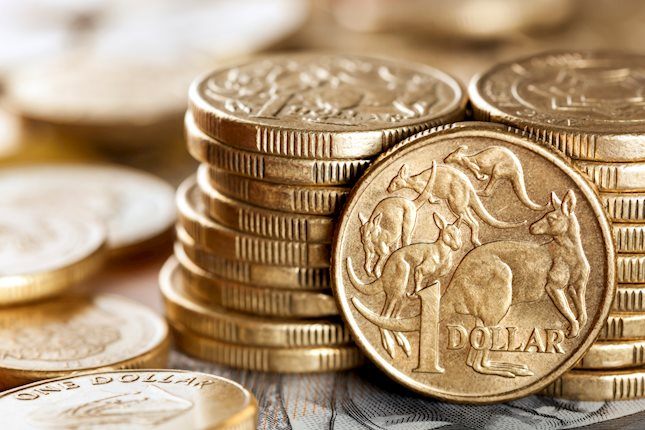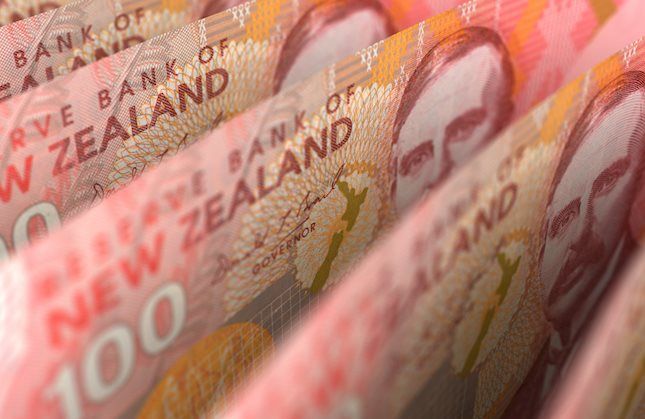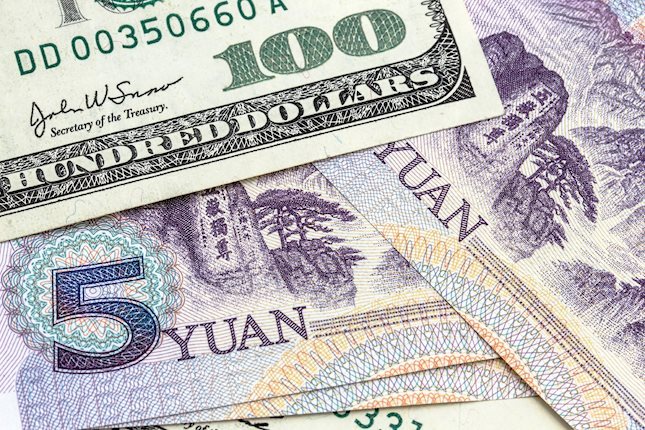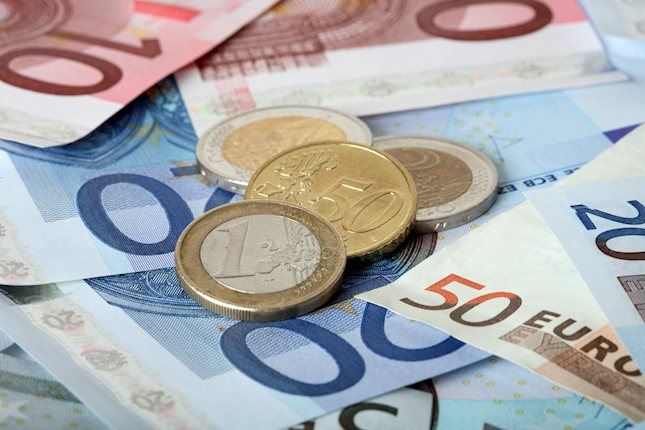Gold price posts modest gains, potential upside seems limited ahead of US Retail Sales
- The gold price trades with a mild positive bias in Friday’s Asian session.
- The firmer USD, expectation of a slower pace of Fed rate cuts, exert selling pressure on the Gold price.
- The US Retail Sales report for October will take center stage later on Friday.
The Gold price (XAU/USD) recovers some lost ground to around $2,570 on Friday after reaching a two-month low in the previous session. The upside of the precious metal might be limited amid the strong US Dollar (USD) and the rising uncertainty surrounding the Federal Reserve's (Fed) pace of interest rate reductions. The expectations of higher inflation next year due to Donald Trump’s policies have led to fewer expected rate cuts, weighing on the yellow metal as higher interest rates make holding non-yielding assets like gold less appealing.
However, the escalating tensions in the Middle East and the ongoing conflict between Ukraine and Russia could boost the Gold price, a traditional safe-haven asset. Looking ahead, investors will monitor the US Retail Sales for October, which are due later on Friday. Also, the NY Empire State Manufacturing Index and Industrial Production data will be published. The Fed’s Susan Collins and John Williams are set to speak later in the same day.
Gold price trades with mild gains, US Dollar rally might cap its upside
- Fed Chair Jerome Powell said on Thursday that the recent performance of the US economy has been “remarkably good,” giving the Fed room to lower interest rates at a careful pace, per Bloomberg.
- Richmond Fed President Thomas Barkin stated on Thursday that while the Fed has made strong progress so far, there’s still more work to be done to keep the momentum going.
- The US Producer Price Index (PPI) rose 2.4% YoY in October, compared to a 1.9% rise recorded in September (revised from 1.8%), according to the US Bureau of Labor Statistics onThursday. This figure came in above the market expectation of 2.3%.
- The US weekly Initial Jobless Claims for the week ending November 9 increased to 217K from the previous week of 221K, below estimates of 223K.
- According to the CME FedWatch Tool, the markets have priced in nearly 59.1% of the 25 basis points (bps) rate cut by the Fed at the December meeting, down from 75% last week.
Gold price looks to resume the bearish trend
The Gold price edges higher on the day. The positive outlook of the precious metal seems vulnerable on the daily timeframe as the price hovers around the key 100-day Exponential Moving Average (EMA). The yellow metal could resume the downside if it can break below the 100-day EMA. The downward momentum cannot be ruled out as the 14-day Relative Strength Index (RSI) stands below the 50-midline near 33.60.
Consistent trading below the 100-day EMA could pave the way to $2,485, the low of September 8. The additional downside filter to watch is $2,353, the low of July 25. Extended losses could see a drop to the $2,300 psychological mark.
On the upside, the immediate resistance level for XAU/USD emerges near the support-turned-resistance level at $2,665. A decisive break above this level could result in a rally to $2,750, the high of November 6.
(This story was corrected on November 15 at 05:05 GMT to say, in the title, Gold price posts modest gains, potential upside seems limited ahead of US Retail Sales, not the US PPI data)
Interest rates FAQs
Interest rates are charged by financial institutions on loans to borrowers and are paid as interest to savers and depositors. They are influenced by base lending rates, which are set by central banks in response to changes in the economy. Central banks normally have a mandate to ensure price stability, which in most cases means targeting a core inflation rate of around 2%. If inflation falls below target the central bank may cut base lending rates, with a view to stimulating lending and boosting the economy. If inflation rises substantially above 2% it normally results in the central bank raising base lending rates in an attempt to lower inflation.
Higher interest rates generally help strengthen a country’s currency as they make it a more attractive place for global investors to park their money.
Higher interest rates overall weigh on the price of Gold because they increase the opportunity cost of holding Gold instead of investing in an interest-bearing asset or placing cash in the bank. If interest rates are high that usually pushes up the price of the US Dollar (USD), and since Gold is priced in Dollars, this has the effect of lowering the price of Gold.
The Fed funds rate is the overnight rate at which US banks lend to each other. It is the oft-quoted headline rate set by the Federal Reserve at its FOMC meetings. It is set as a range, for example 4.75%-5.00%, though the upper limit (in that case 5.00%) is the quoted figure. Market expectations for future Fed funds rate are tracked by the CME FedWatch tool, which shapes how many financial markets behave in anticipation of future Federal Reserve monetary policy decisions.
Forex News
Keep up with the financial markets, know what's happening and what is affecting the markets with our latest market updates. Analyze market movers, trends and build your trading strategies accordingly.

